The 21st Century has seen a lot of developments concerning various fields of work. Although a cliché statement, there’s a lot of concern regarding the environmental condition of the world. With the pace of society running around schedules and metros, there’s a communication gap affecting society’s social interactions. The global market and community life have significantly changed as a result of globalization and technological progress, just as every tale has two sides to it. Rapid Urbanisation and capital infusion led to a disconnection from nature and filtered how the community interacted with one another.
Architecture is a vast universe of ideas and explorations, much more than simply constructing structures and making endless drawings. History speaks of Viswakarma – the God of Architecture and his vast craftsmanship of Dwaraka and Sri Lanka whose grandeur and attention to detail can still be seen today. This means that architecture is more than simply construction structures, it’s also about developing areas that foster fairness, diversity and the social well-being of the society. As a result, architects have a big social duty to the commodities they work in. This responsibility goes beyond just creating visually splendid facilities and includes designing built environments and urban interventions that are secure, eco-friendly, and inclusive. Architects can design environments that enhance and promote social interaction and participation in change and advance a better community for everyone.
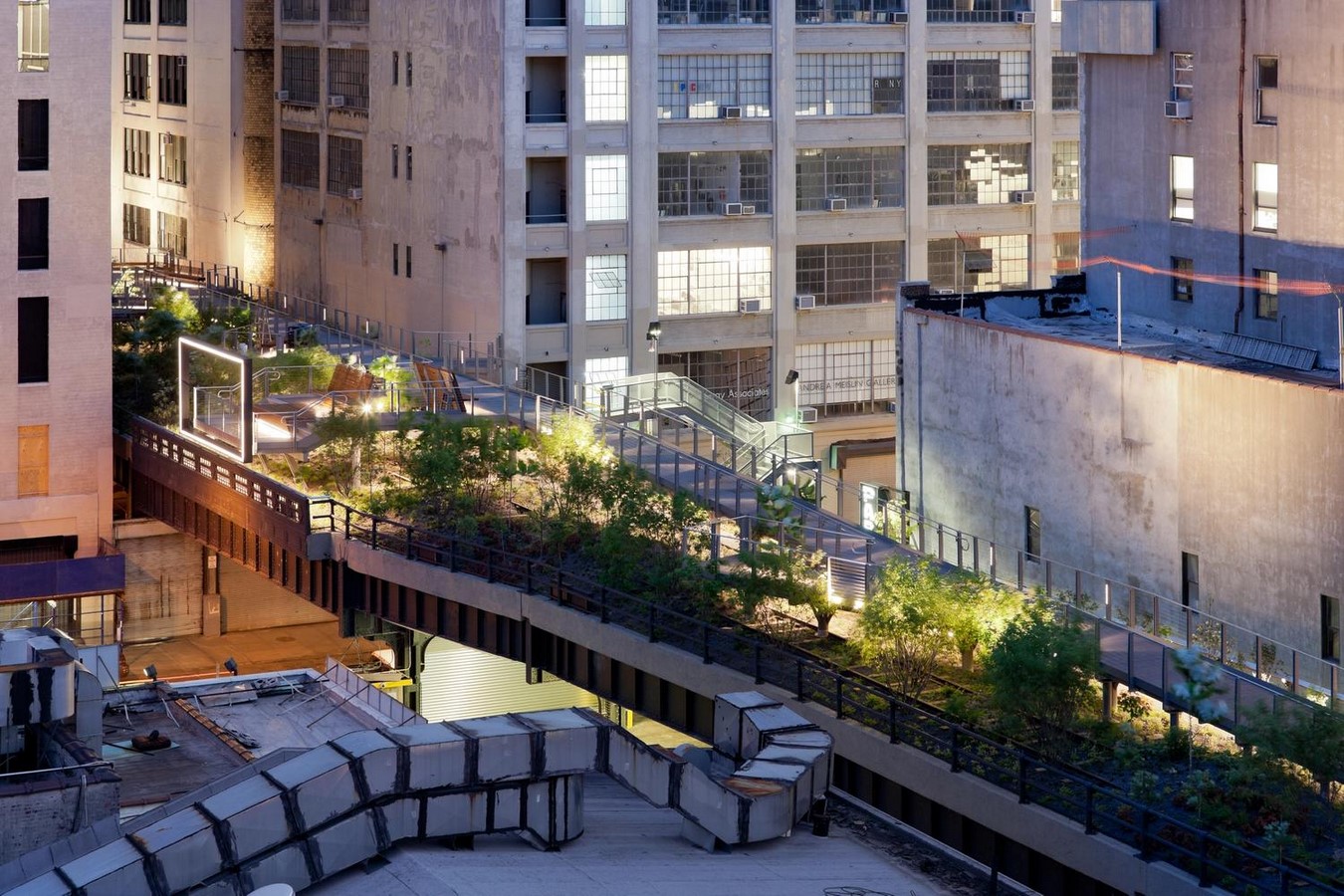
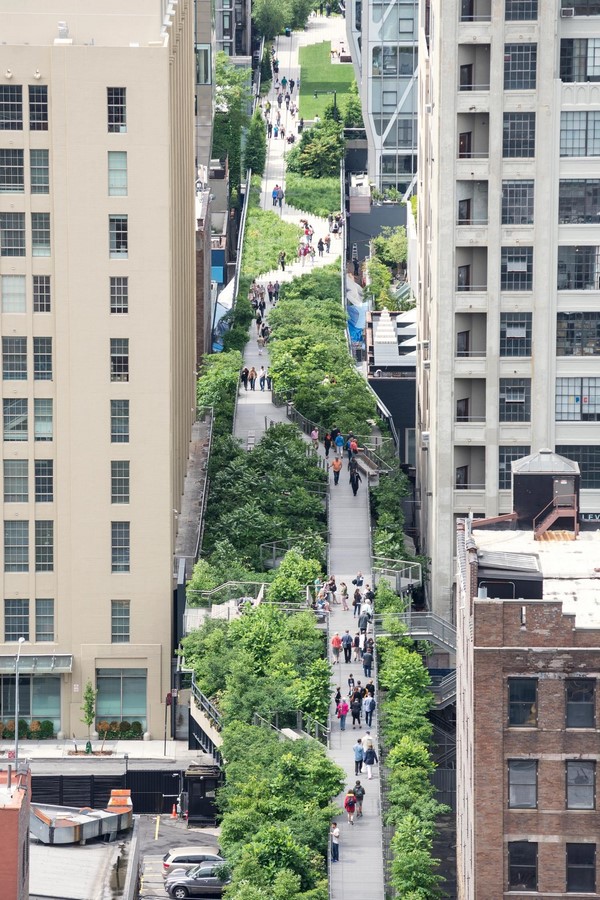
The Paradigm Shift from the Past Phases of Architectural Revolutions – A Revelation
With the world welcoming an influx of global ideas, the contribution and role of architecture have shifted away from society as seen in the past eras and responded instead to private commissions. With urbanisation and rapid concrete jungles coming up the tools of architects’ engagement or sphere with public urgencies had to be adapted to the 21st century paradigm shifts.
A narrative for the power of design which can demonstrate how architecture can expand its sphere of influence further than defining the visual and material culture of its immediate context is much needed in the current scenario. This would showcase how design and technology can be adapted to suit the local constraints of the communities, and most importantly, celebrate the cohesive efforts of the people who are a part. Of the bigger picture of what architects do in the successful realization and working of any urban or built project.
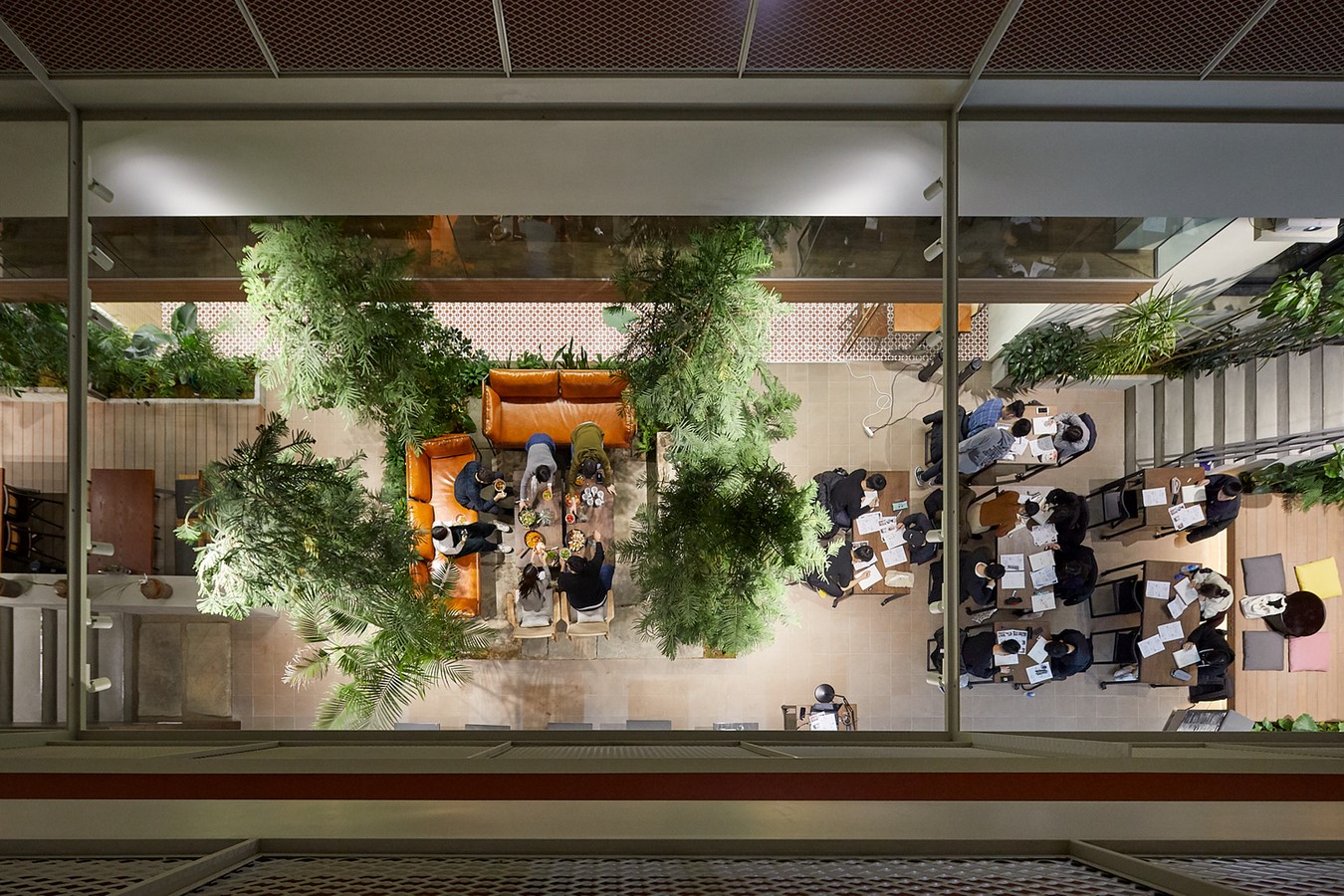
The main goal to achieve social responsibility and sustainability in architecture is to practice a path of designing buildings that are accessible to everyone. A pathway to inclusive and democratic placemaking is what is required for the fast-paced 21st century. Designing democratic spaces involves creating environments that facilitate and encourage democratic principles such as social participation, inclusivity, transparency with biases and gender and age equality. To create environments that are inclusive and inviting, architects must also take into account the demands and necessities of varied populations, particularly those of marginalised groups and various cultural backgrounds.
Designing structures and urban social areas to support environmental sustainability is a crucial element of social responsibility in placemaking. This involves using sustainable and earth-friendly materials, energy-efficient building design with passive strategies, and creating environments that promote sustainable behaviour. Architects must also consider their designs’ environmental impact and take action to lessen any adverse impacts.
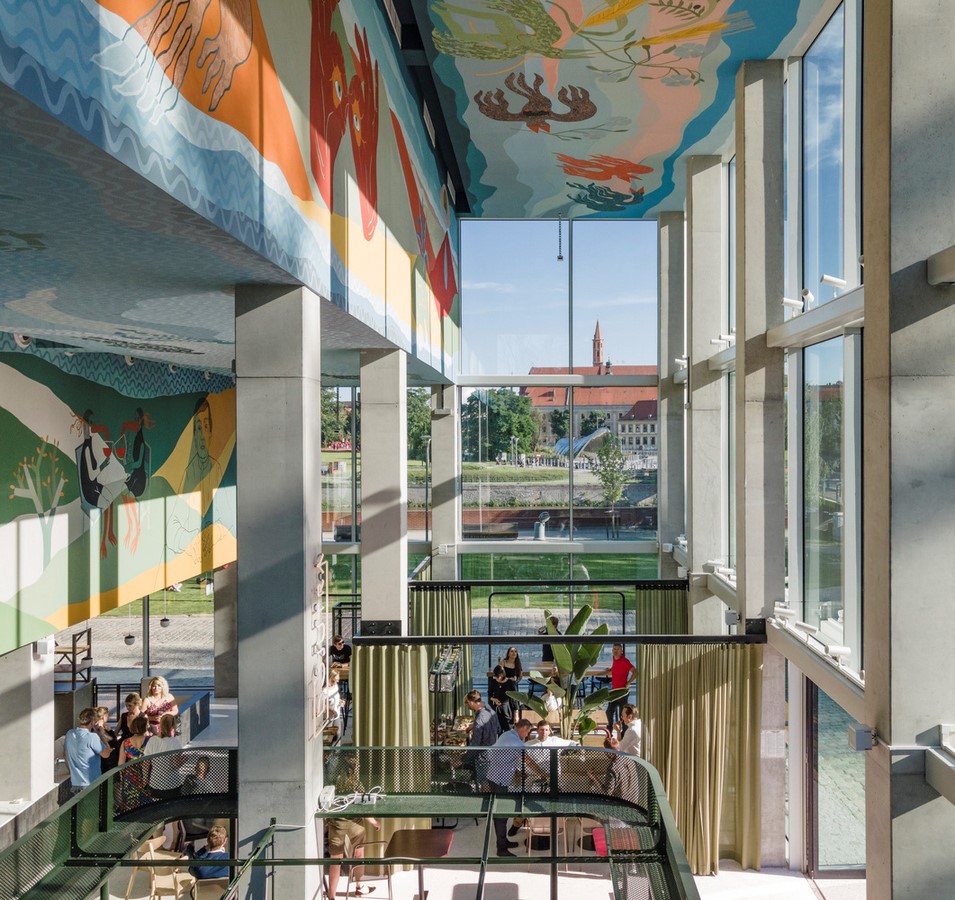
Walking In The Footsteps Of Change And Development – A Plea
Architects and architecture firms can effectively communicate their commitment to sustainability and social responsibility. Through education and training, professional standards, community involvement, ongoing education, research and advocacy, and socially conscious design strategies architects may learn about their social responsibilities. Architects may design buildings and social spaces that put forward the health and safety of the common public and contribute to the well-being of a conscious and better-driven society for all through such conscious decision-making and design practices.
- Transparency in Reporting: Sharing knowledge about sustainable design concepts, energy-saving techniques, passive design strategies, and the use of environmentally friendly materials with proper waste management procedures and conscious community involvement initiatives would cater to the betterment of design.
- Showcasing Sustainable and Green Projects: Architecture Studios can take steps and display environmentally friendly projects in their online presence, portfolios and promotional materials. Highlighting such projects’ eco-friendly attributes, certifications from Green Design Institutions like GRIHA, LEED and energy-efficient information can assist in promoting not only the firm’s commitment and calibre but also enhance the need for sustainability in the building sector.
- Community Engagement: By active interactions and conversations with the communities, architects and the studios can learn more about the needs and socio-economic concerns that affect the communities. Architects may obtain insight into the social, cultural, and environmental context of their work and design buildings and social areas that are responsive to the needs and well-being of the communities through interaction with organisations and stakeholders.
- Continuing Education: Architects may keep current on social responsibility–related topics through continuing education courses. Many professional organisations mandate that architects complete a particular number of continuing education credits annually, which may include programmes on issues like cultural heritage protection, sustainability and accessibility.
- Urban Studies and Site Context Understanding: Site surveys and site studies are done to understand the needs and necessities of the site and to come up with potential and necessary options and facilities for the design. But architects and studios should also understand that there’s a need to understand the site’s urban context as well. By doing that, firms can incorporate the social needs of the clients and the community of the urban fabric in which the design is being carried out.
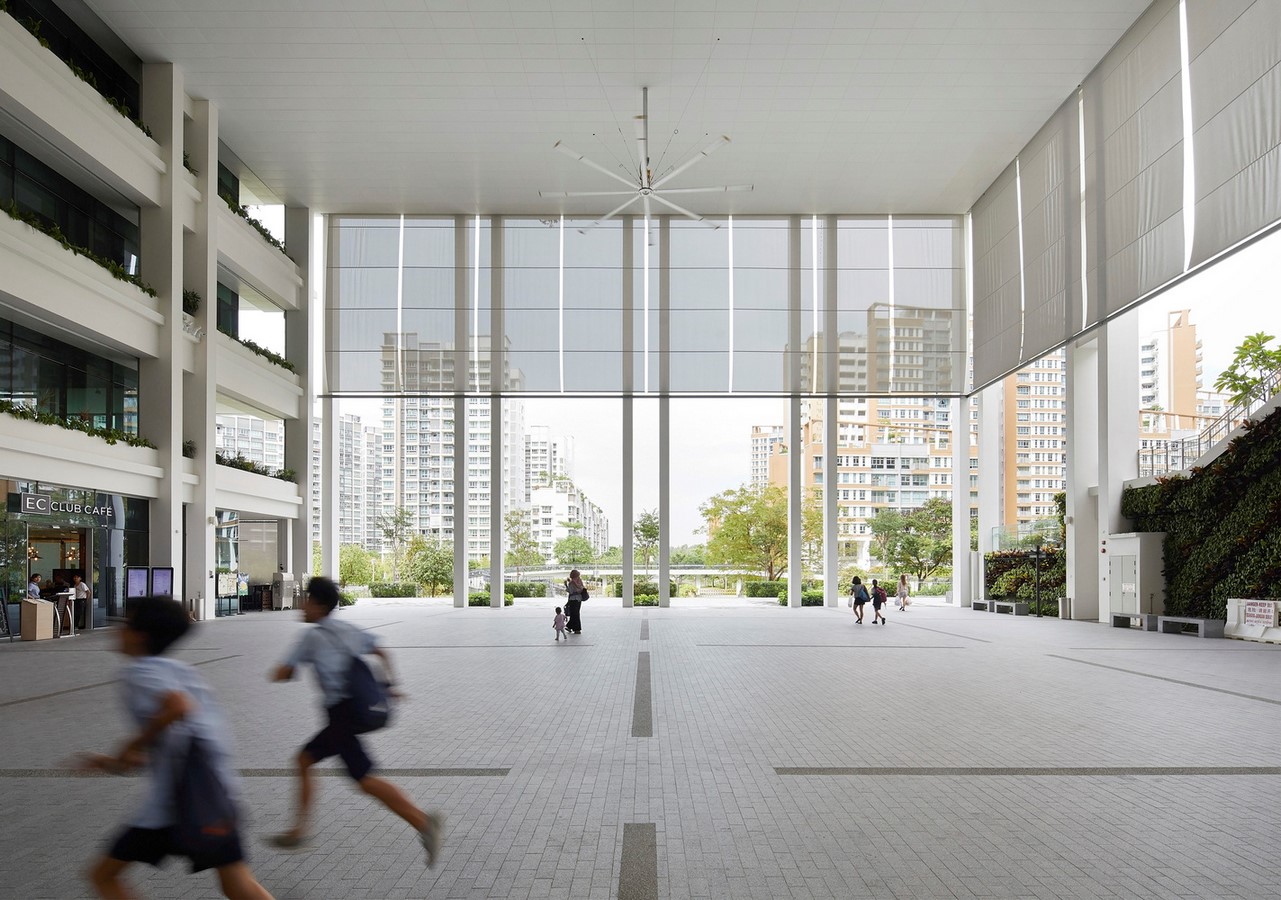
Punggol Neighbourhood and Polyclinic / Serie Architects + Multiply Architects_ ©Hufton + Crow
Inclusive placemaking is crucial for fostering social equity, community engagement, cultural preservation, economic prosperity, health and well-being, sustainability, and adherence to legal and ethical standards. Architecture Studios and Firms which actively promote their dedication to sustainability and social responsibility gain the public’s trust, set themselves apart from competitors, and develop a prior reputation for moral and cutting-edge design practice.
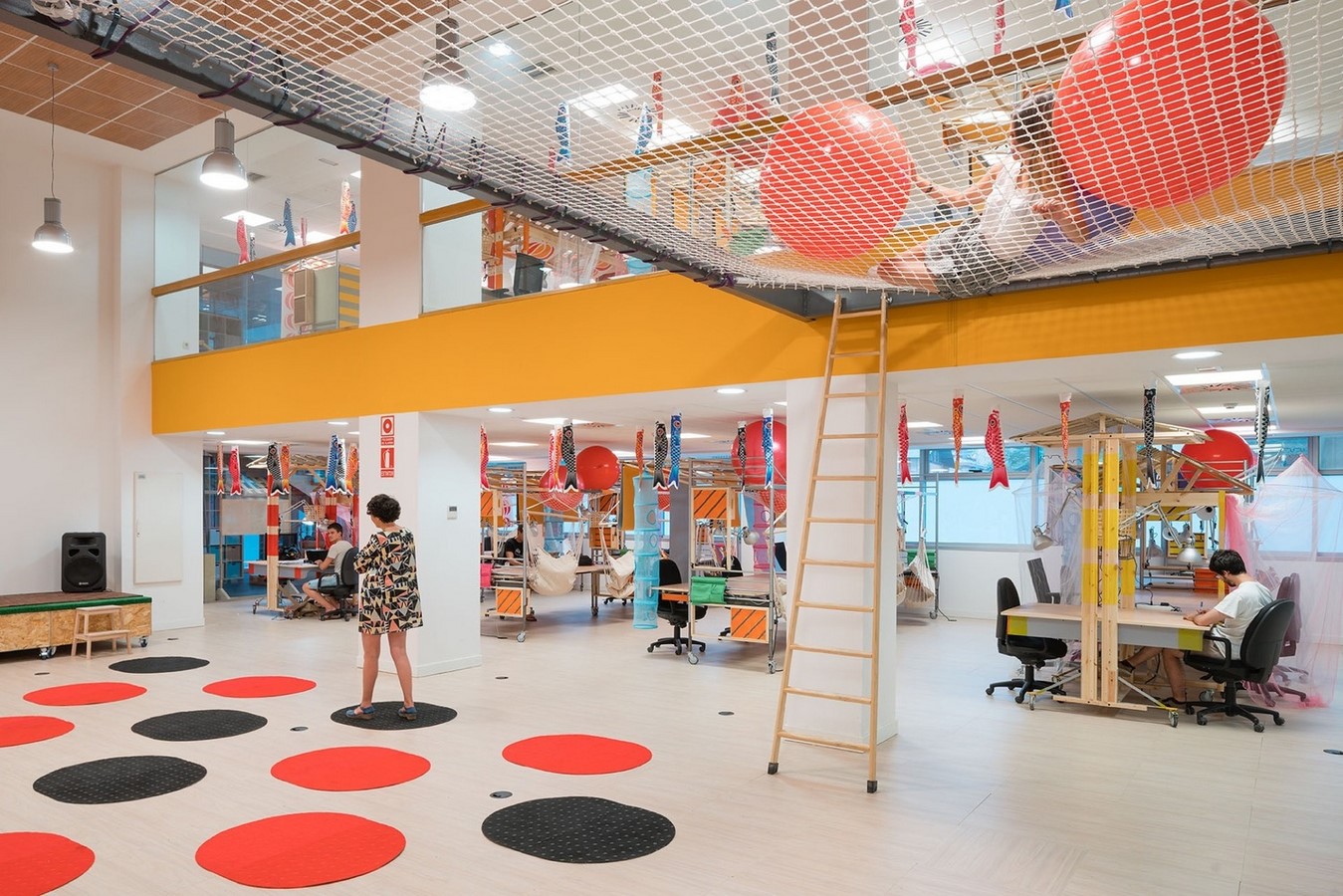
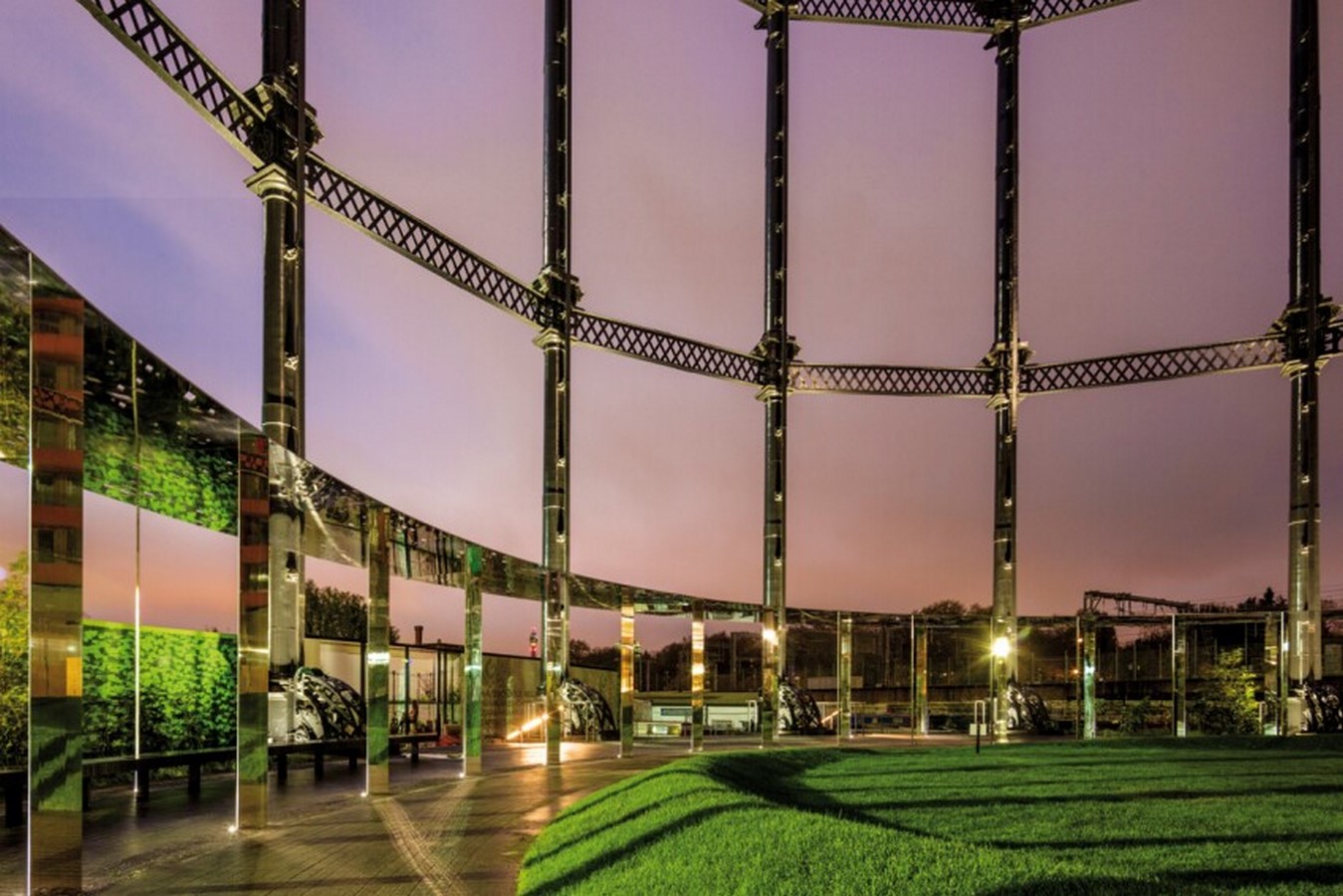
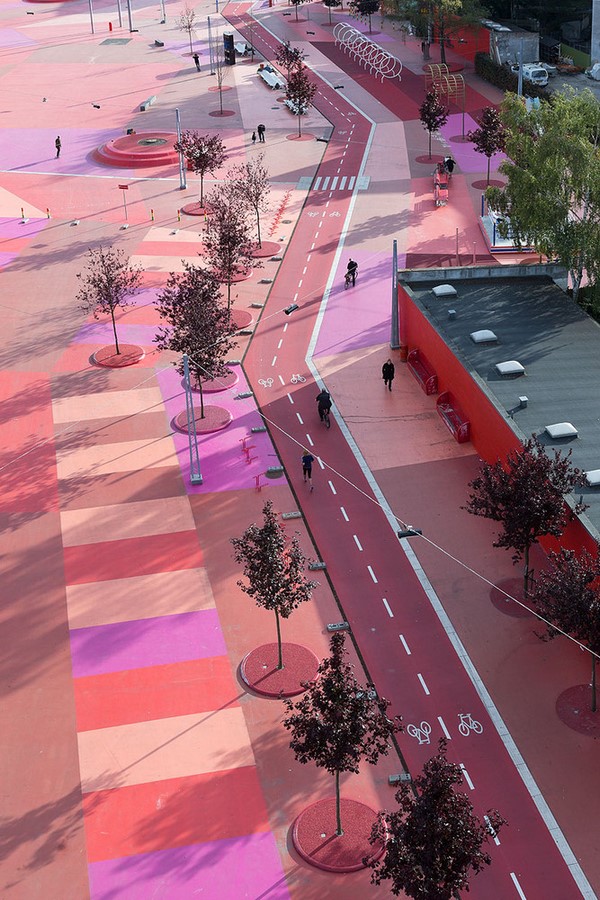

References:
- Architectural design firms’ social role to develop sustainable heritage … Available at: https://www.researchgate.net/publication/348071798_Architectural_Design_Firms’_Social_Role_to_develop_Sustainable_Heritage_Communities_in_Egypt (Accessed: 25 June 2023).
- Fidanci, E.A. (2023) The social responsibility of architects, illustrarch. Available at: https://illustrarch.com/articles/15798-the-social-responsibility-of-architects.html (Accessed: 25 June 2023).
- The high line DS+R. Available at: https://dsrny.com/project/the-high-line (Accessed: 25 June 2023).
- HMC Architects (2021) Socially responsible architecture: Design for a Better World: Ideas, HMC Architects. Available at: https://hmcarchitects.com/news/socially-responsible-architecture-design-for-a-better-world-2019-03-06/ (Accessed: 25 June 2023).
- Lutyens, D. (2022) Five stunning outdoor spaces for all, BBC Culture. Available at: https://www.bbc.com/culture/article/20200602-five-stunning-outdoor-spaces-for-all (Accessed: 25 June 2023).
- Making of a place: Productive encounter between a practice and a community. (2022). Ahmedabad: CEPT University Press.
- Moreira, S. (2020) Living in community: 13 projects that promote shared spaces, ArchDaily. Available at: https://www.archdaily.com/946464/living-in-community-13-projects-that-promote-shared-spaces (Accessed: 25 June 2023).
- Sánchez, D. (2012) Superkilen / Topotek 1 + big architects + Superflex, ArchDaily. Available at: https://www.archdaily.com/286223/superkilen-topotek-1-big-architects-superflex (Accessed: 25 June 2023).
- Tasare, A. (2022) Architecture and mythology-who is the god of architect? (vishwakarma), RTF | Rethinking The Future. Available at: https://www.re-thinkingthefuture.com/architectural-community/a8730-architecture-and-mythology-who-is-the-god-of-architect-vishwakarma/ (Accessed: 25 June 2023).




















